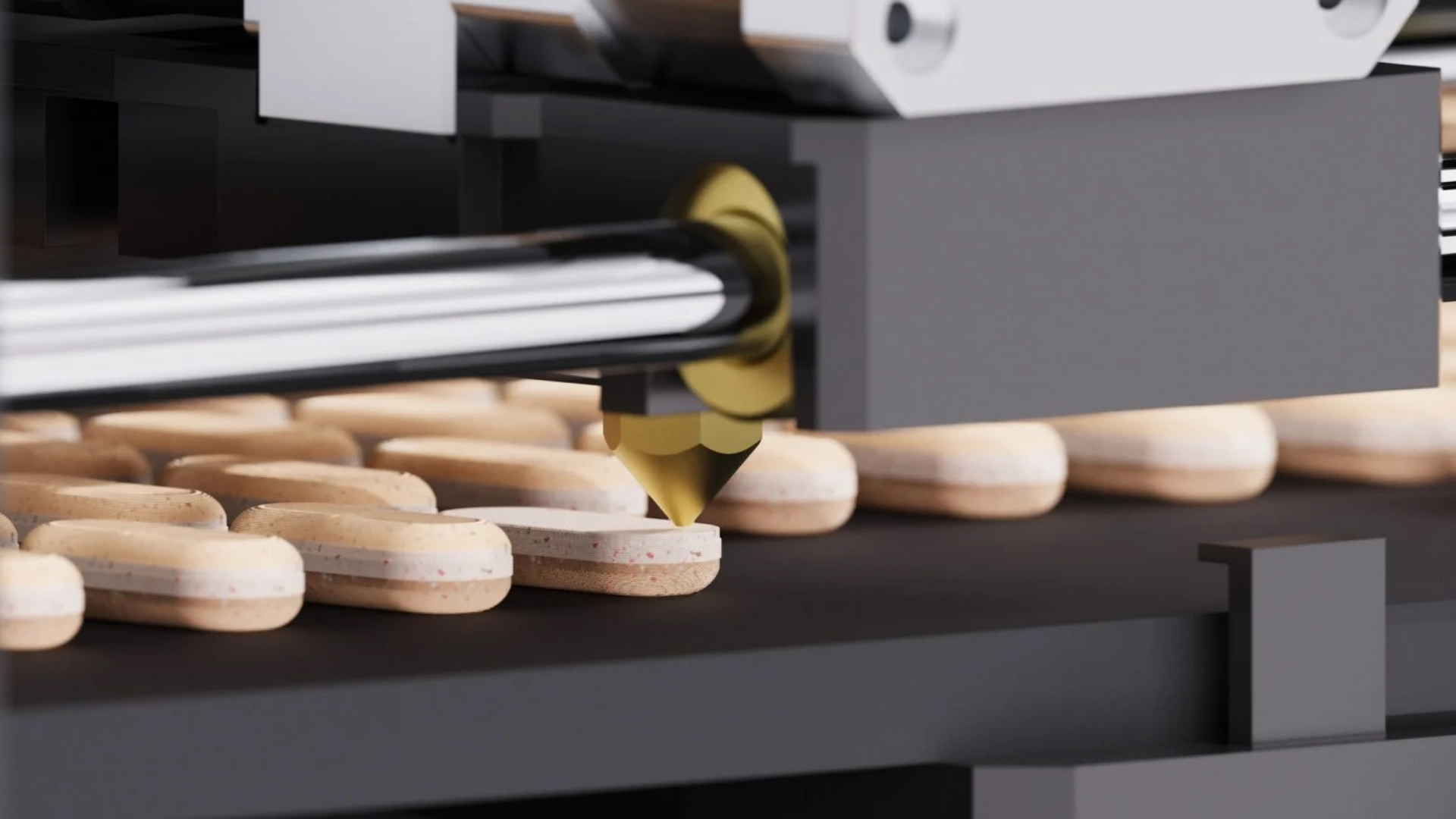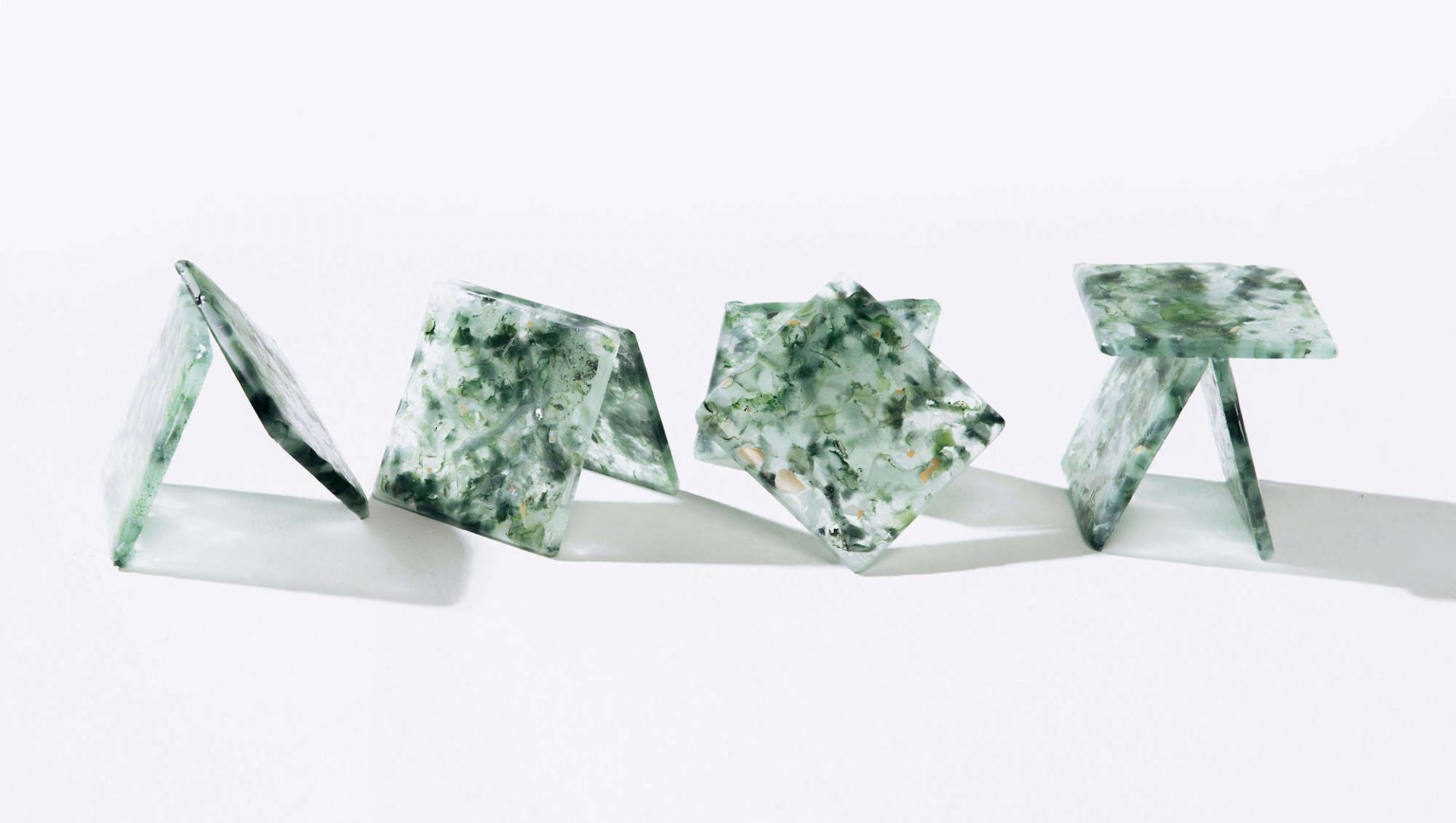How is the Chinese design community evolving? A talk with Femo Wong
In this conversation, the Chinese designer shares his approach to design and illustrates what currently defines Chinese design. Partly through his own story. And then, outlining the aspects he considers essential in this regard.
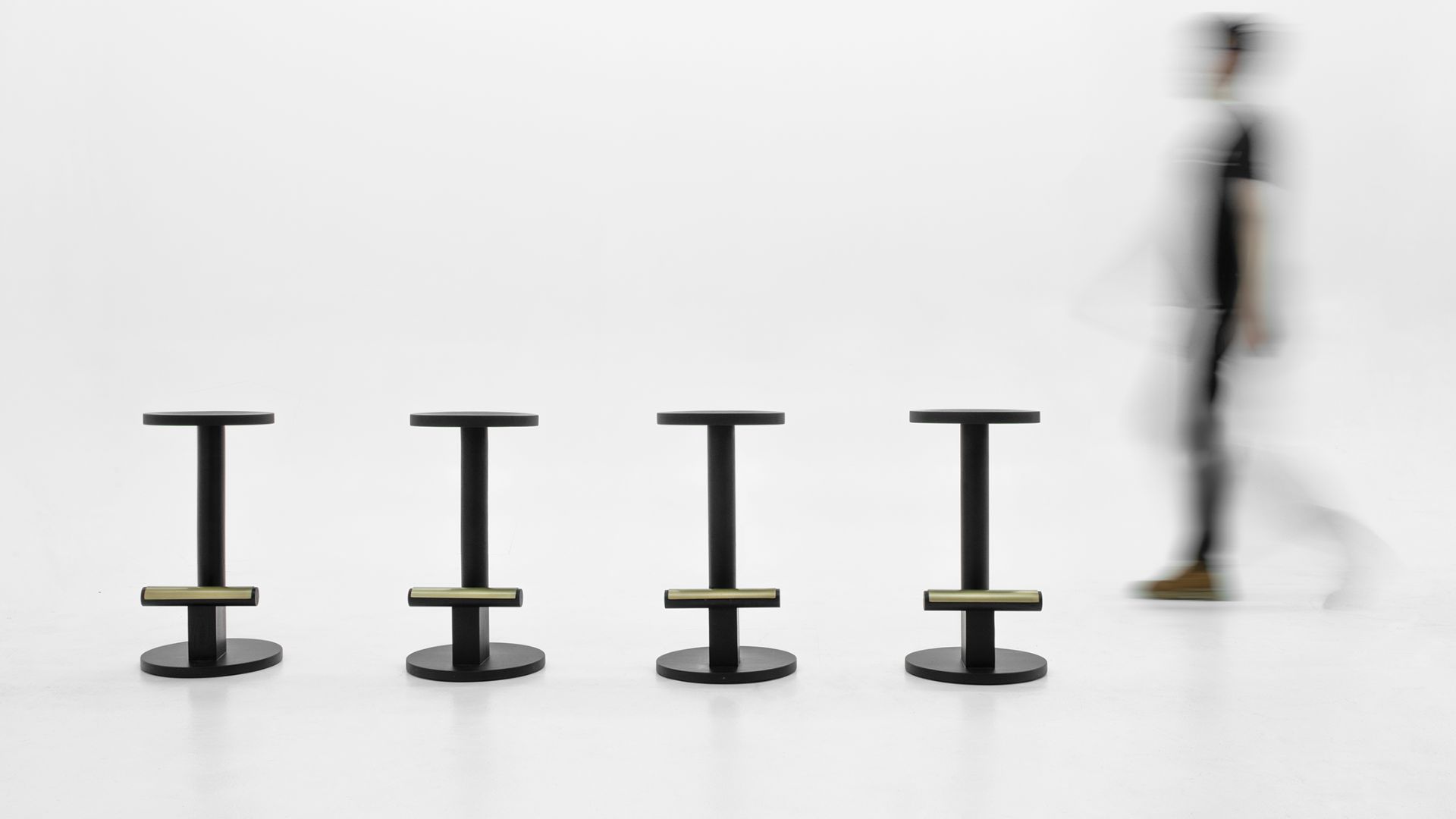
As the founder of Femo Design Studio, Femo Wong’s journey unfolds against the backdrop of the vibrant 90s era. With a rich repertoire of thousands of original designs, Wong embodies a deep understanding of modern design aesthetics and production technology. His creations exemplify a harmonious fusion of form, function, and cultural resonance.

Recently, I had the opportunity to visit Shanghai for the China International Furniture Fair (we talked about it here), driven by a keen interest in delving deeper into the realm of ‘Made in China’ design. China, renowned as a hub for numerous brands seeking to establish their presence, both in terms of products and services, remains somewhat under-recognized for the innovative prowess and capacity of its designers to blend traditional ethos with contemporary aesthetics.
It was against this backdrop that I eagerly sought to engage in conversation with Femo Wong, a shining exemplar of cross-pollination and success, amidst an ever-expanding and diverse design milieu. As articulated aptly in our dialogue, Wong underscores the importance of continuous exploration within the global design arena, juxtaposed with the imperative to craft projects that resonate with the cultural and societal fabric of their origins. This perspective finds resonance particularly in light of varying consumption patterns and purchasing behaviors across different regions worldwide.
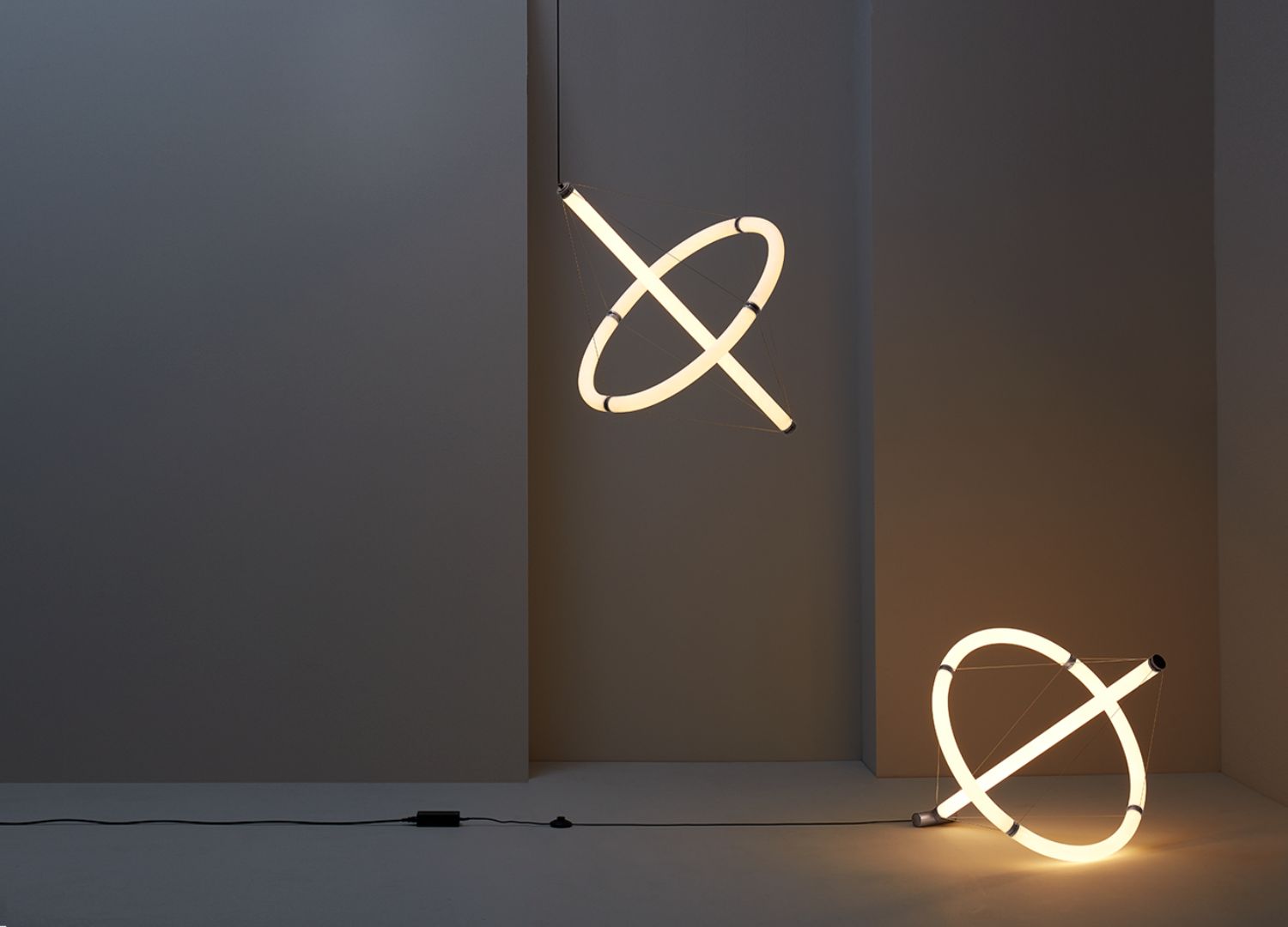
In this article, I delve into Wong’s journey, exploring the inspirations, philosophies, and creative processes that define his work in the world of design.
Who is Femo Wong? How did your design journey begin?
Femo Wong:
“I am a designer and curator hailing from the vibrant 90s era. Founder of Femo Design Studio, I had the privilege of training under the guidance of Professor Yu Lizhan from the Institute of Furniture Research at Tsinghua Academy of Fine Arts, as well as the esteemed Chinese designer Chi Wing Lo. With a vast collection of thousands of original designs, I am deeply versed in modern design aesthetics and production technology.
My university years were marked by exceptional academic performance, earning me the top spot in my college. I received the National Scholarship from the Ministry of Education of China and the First Class Scholarship from my school a remarkable 12 times. Over the years, I have clinched more than 130 professional design awards, including prestigious accolades such as the China Design Award, Germany Red Dot Award, IF Design Award, Taiwan Golden Dot Award, and more.
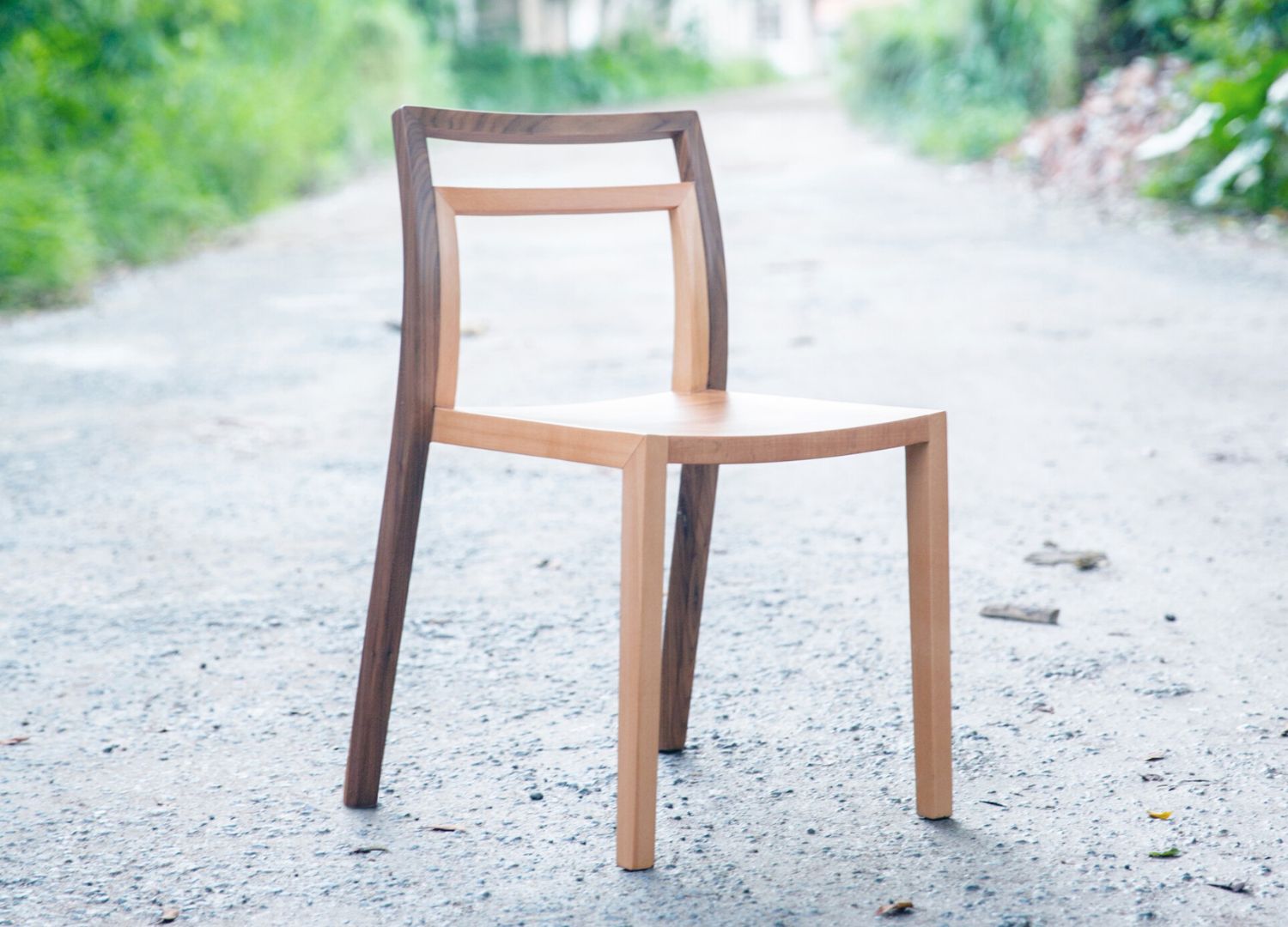
My work has been showcased in over 40 exhibitions worldwide, including prominent events like the Milan Furniture Fair, Stockholm Furniture Fair, Design Shanghai, and Design Spring. Beyond my design pursuits, I serve as the chief curator of ‘D2M Lab’ at China National Expo and curate various exhibitions, including the furniture section at several city design weeks.
Based in Shenzhen, China, Femo Design Studio is renowned for its innovative and diverse design approach, specializing in furniture, lighting, and lifestyle products for both domestic and international brands. With a keen eye for proportions, details, and structure, our studio offers exhibition curation and design planning services. I am actively engaged in committees and associations related to interior design and architecture in China, and I contribute regularly to the design column of South China Daily. I consider myself incredibly fortunate to have my studies, career, and hobbies seamlessly intertwined. As I embark on my journey into the design world, I am eager to dedicate my life to this passion and craft.”
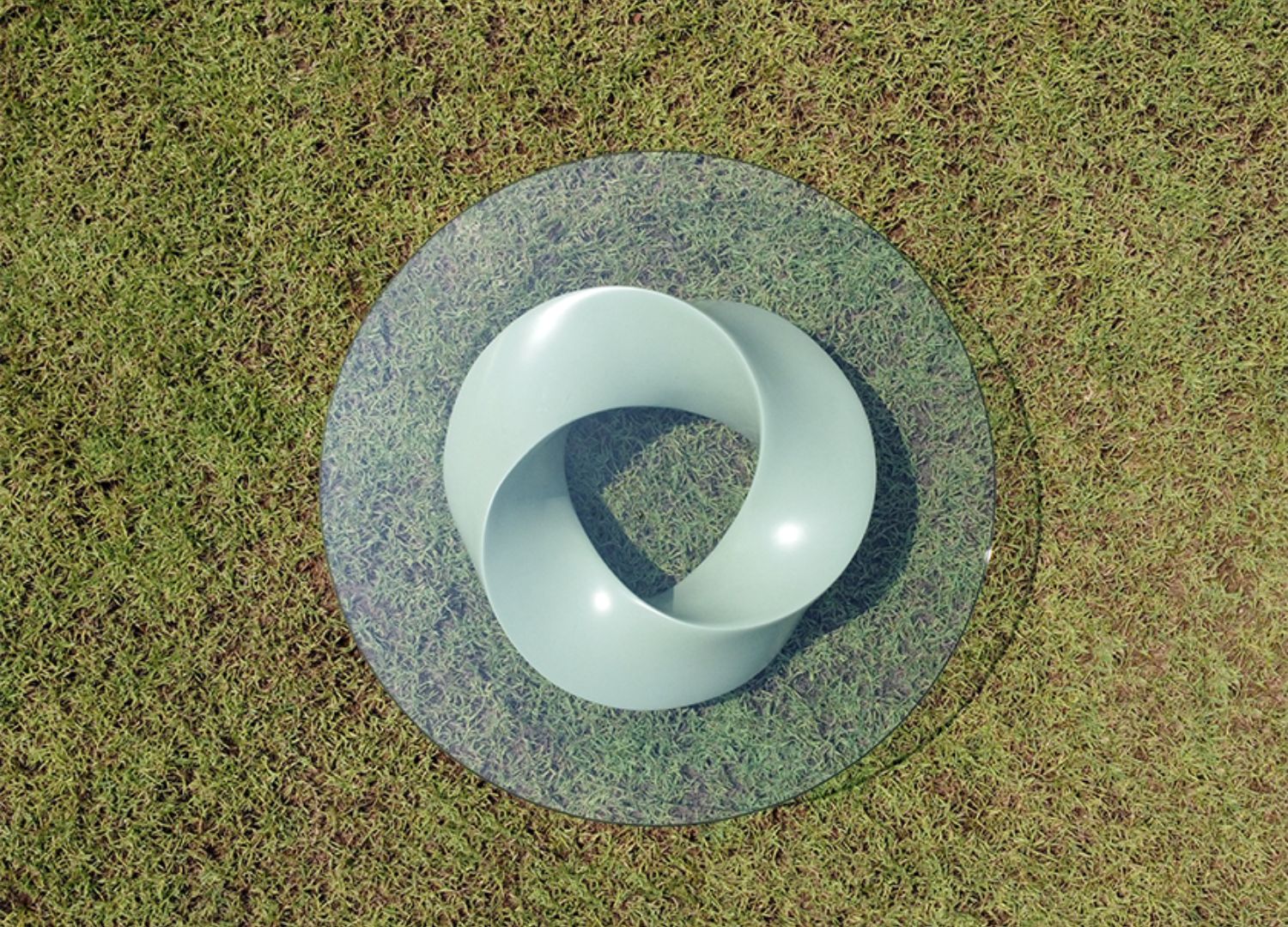
Which are the main values, core concepts or style inclinations that, above all, will always represent the studio and yourself?
Femo Wong:
“My studio’s ongoing projects are centered on home product design, as showcased on our official website. Representative of my design aesthetic are creations like the Empty Set Lamp, Duck Lamp, and Easy Bar Stool. Embracing the philosophy of “less is more,” my design ethos is deeply influenced by original Bauhaus classics, advocating for minimalist designs devoid of unnecessary embellishments.
Furthermore, a core tenet of my design approach is to honor the inherent characteristics of materials. I have a profound appreciation for studying various materials and processes, recognizing that each material possesses unique properties that must be fully understood to create exceptional products. Whether it’s metal, wood, plywood, plastic, or other materials, I believe that true innovation stems from a comprehensive understanding of their inherent qualities. For instance, take bamboo and wood—ubiquitous materials in China.
While some brands may opt to create “bamboo laminated lumber” and fashion furniture from it, I believe this fails to harness the true essence of bamboo. In contrast, traditional bamboo furniture found in rural China exemplifies design that leverages the material’s inherent qualities of toughness and flexibility. To me, the distinction lies not in the costliness of materials, but rather in the quality of design.”
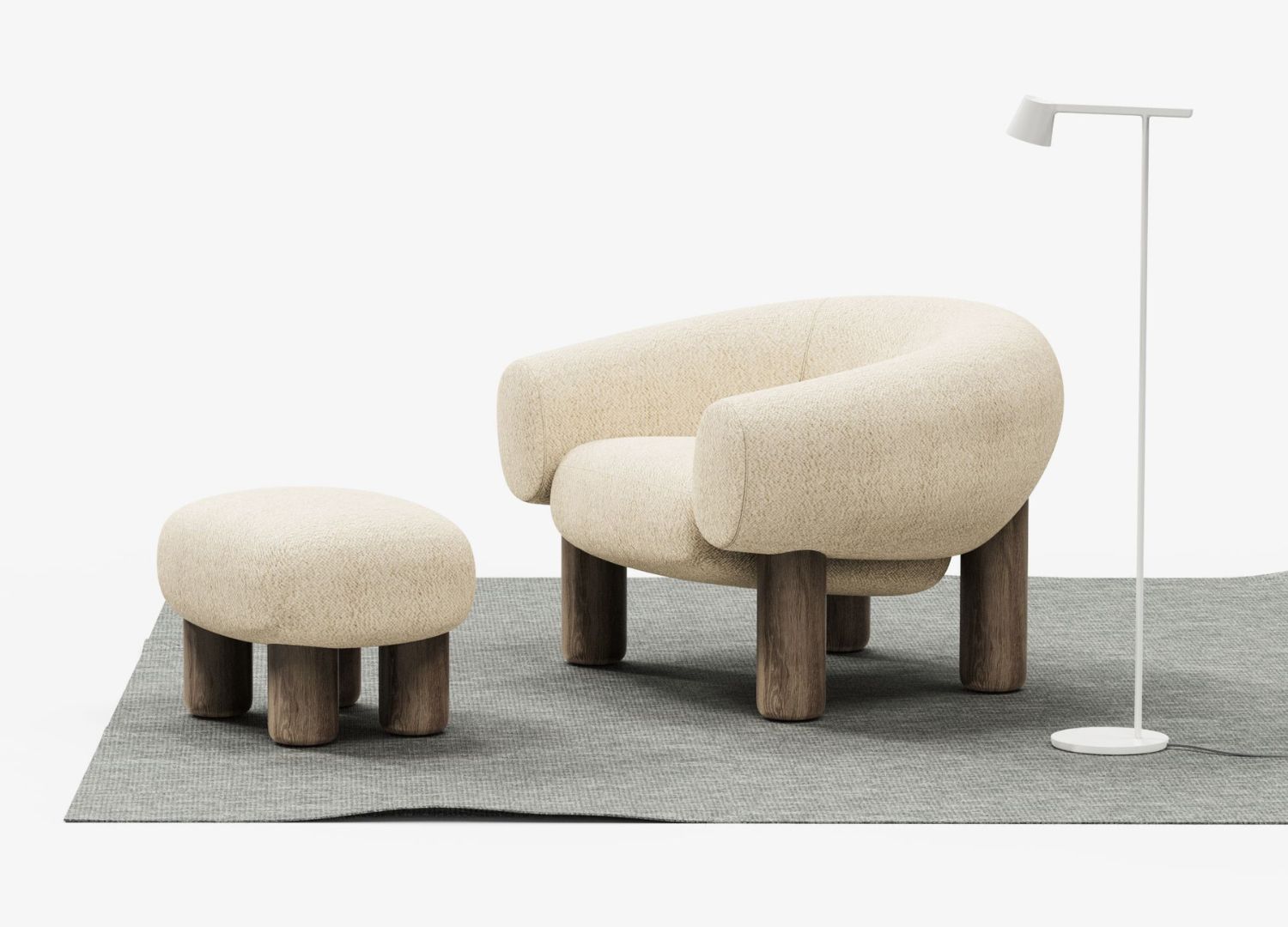
How do you choose the type of client/project to work on?
Femo Wong:
“I hold great admiration for a number of designers who have left a profound impact on the field of design. Among them are Patricia Urquiola from Spain, Ronan & Erwan Bouroullec from France, Konstantin Grcic from Germany, and the esteemed Japanese design studio nendo. Additionally, I draw inspiration from the works of Jasper Morrison, a distinguished British designer.
Studying their innovative approaches and remarkable achievements serves as a guiding light in my own creative journey. During my academic years, my aspiration was to become a designer for esteemed brands such as Vitra, Cassina, ligne-roset, Flos, and others renowned for their commitment to excellence and exceptional craftsmanship. The prospect of collaborating with these esteemed brands in the future fills me with anticipation and excitement.”

What is one aspect of your job that is difficult, tiring and little known, but definitely crucial to your practice?
Femo Wong:
“Each year, I diligently gather exhibitor lists from renowned design events in Milan, Cologne, Paris M&O, and the Stockholm Furniture Fair. Methodically, I organize these lists alphabetically and immerse myself in exploring the latest offerings from each brand on their official websites. Over the span of 14 years, this routine has ingrained the details of over 10,000 brands into my memory.
I firmly believe that immersing oneself in such extensive information provides a macro perspective of the discipline, facilitating a deeper understanding of the work of predecessors and offering fertile ground for further progress. Constantly refining my aesthetic sensibilities and broadening my vision through the study of materials is paramount to my creative practice. Though not considered a chore, I derive immense pleasure from this process. Examining materials brings me joy, and encountering exceptional designs can uplift my spirits.
I often find myself marveling at the ingenuity behind such creations, pondering the thought process that led to their realization. It’s important to acknowledge that while “brushing up on information” is valuable, it cannot replace the experiential learning gained from tackling real-world challenges. Merely perusing product images on a website will not suffice to attain mastery. True appreciation of details, materials, and quality standards can only be attained through firsthand experience.
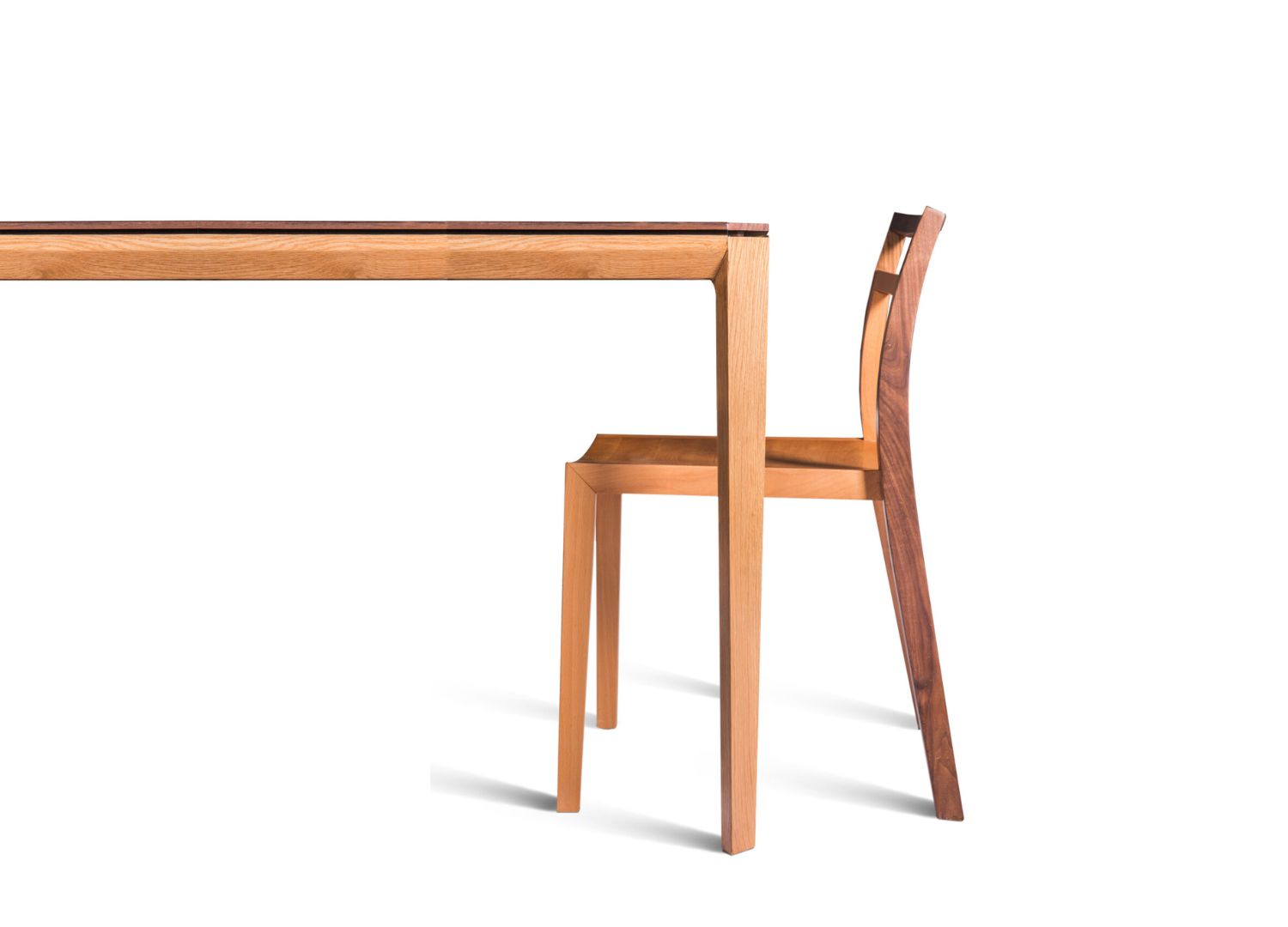
Since 2014, I’ve been avidly collecting original chairs, recognizing their significance as symbolic milestones in the architectural journey. Classic chairs embody subtle interpretations of life philosophies and aesthetics, and collecting them serves not only to acquire pieces of design history but also to pay homage to the masters. My collection now boasts over 900 seating pieces from designers across Denmark, Italy, Finland, and beyond, alongside a myriad of lamps, coffee tables, sofas, and other home products, totaling over 2,000 models.
With aspirations akin to establishing a museum akin to the Vitra Design Museum in China, I study the intricate details of these objects daily, delving into their craftsmanship and proportions. This immersion deeply informs and enhances my design practice, fostering rapid growth and refinement of my skills. Designing demands an accumulation of extensive knowledge, deep thinking, and a nuanced understanding of the world. The precious moments of inspiration are often the culmination of my dedicated efforts. Indeed, every endeavor yields a proportional return, reaffirming the value of persistence and dedication in the pursuit of design excellence.”

Do you consider research an essential part of the design process? How important is it when you begin working on a new project?
Femo Wong:
“I firmly believe that thorough research is the cornerstone of successful design, and my interests span across various design domains rather than confining myself to a singular focus. While my past endeavors predominantly centered on furniture and lighting, I am excited to broaden my horizons this year by venturing into industrial products such as taps and luggage. Whenever I delve into a new field, my first step is to immerse myself in gathering pertinent information about the brand, followed by a visit to the factory to witness firsthand the production processes.
This hands-on approach allows me to gain invaluable insights into the intricacies of the field. Armed with this comprehensive understanding, I embark on the creative process, generating initial drafts and collaborating closely with the factory engineers to produce prototypes. Their expertise and experience in the field serve as invaluable resources, enabling me to refine my designs and bring them to fruition. I firmly believe that without meticulous preliminary research, design concepts remain confined to paper, and the realization of innovative ideas becomes elusive.”
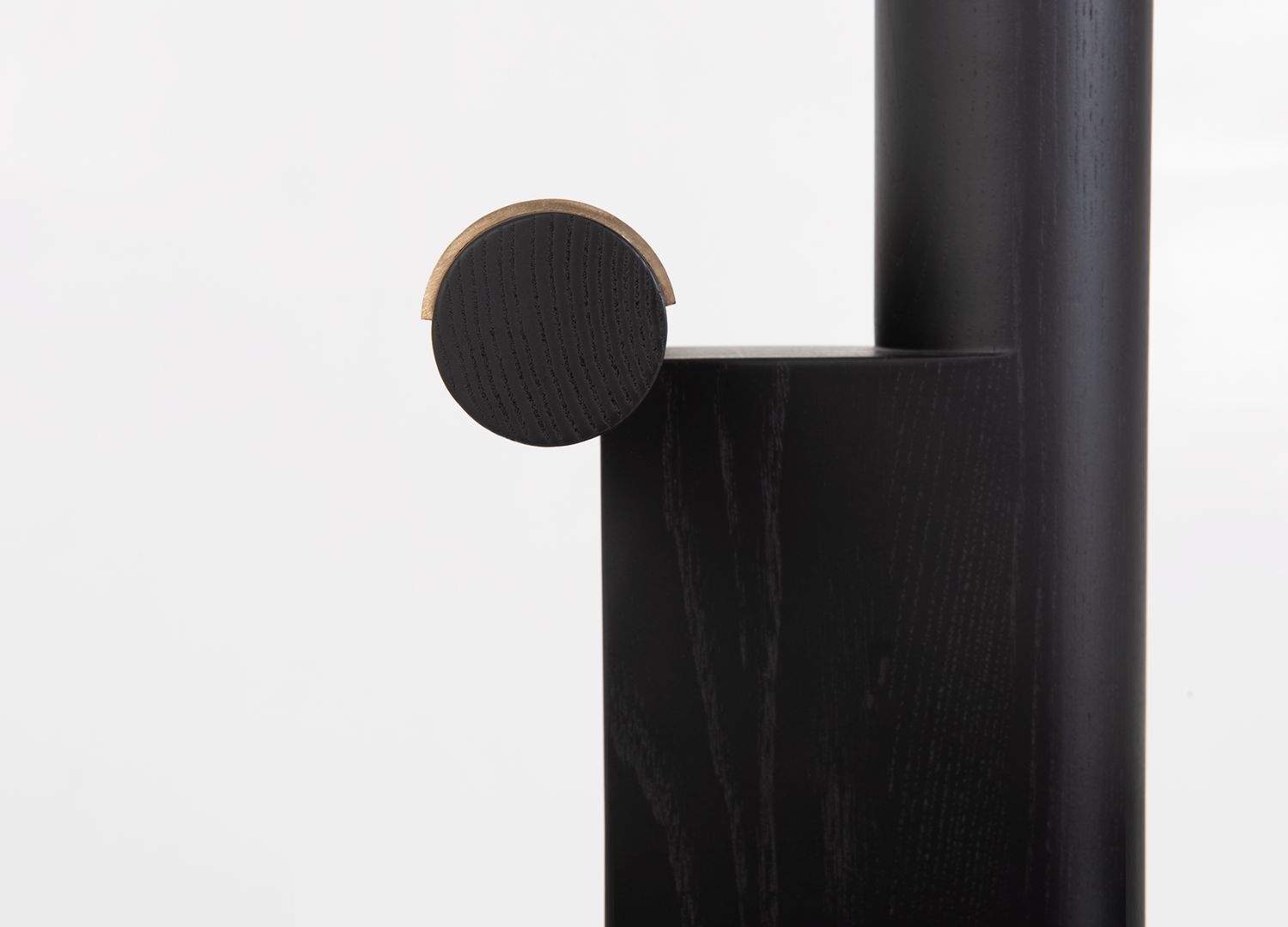
From your perspective, which is both local and international, how is the Chinese design community evolving? What characteristics are defining the Chinese approach to Design?
Femo Wong:
“Previously, many Chinese designers were inclined either towards imitating traditional styles or overly prioritizing aesthetics over functionality. This often resulted in a disjointed amalgamation of cultural symbols and stylistic elements. However, in contemporary times, a shift has occurred wherein most designers adhere to the principles of modern design, heavily influenced by the Bauhaus movement and minimalism. Central to the Bauhaus philosophy is a focus on functionality and human-centered design.
Design culture today is a blend of local and international influences. Take Scandinavian design, for example, which boasts a rich heritage characterized by simplicity and humaneness, seamlessly integrating both function and aesthetics. Despite the pervasive influence of international design trends, Scandinavian design maintains a distinct national and regional identity, aligned with modern sustainability principles. Notably, Danish designer Hans J. Wegner drew inspiration from Chinese Ming furniture to create iconic chairs like The China Chair, exemplifying how cultural influences transcend borders and contribute to both local and global design narratives.
I firmly believe that design is a universal language, albeit one that is inherently shaped by cultural customs and upbringing. Therefore, I make it a point to extensively study design principles and cultural contexts from diverse regions worldwide. In my own furniture design practice, I adhere to a style characterized by simplicity and precision, drawing inspiration from China’s rich design heritage.
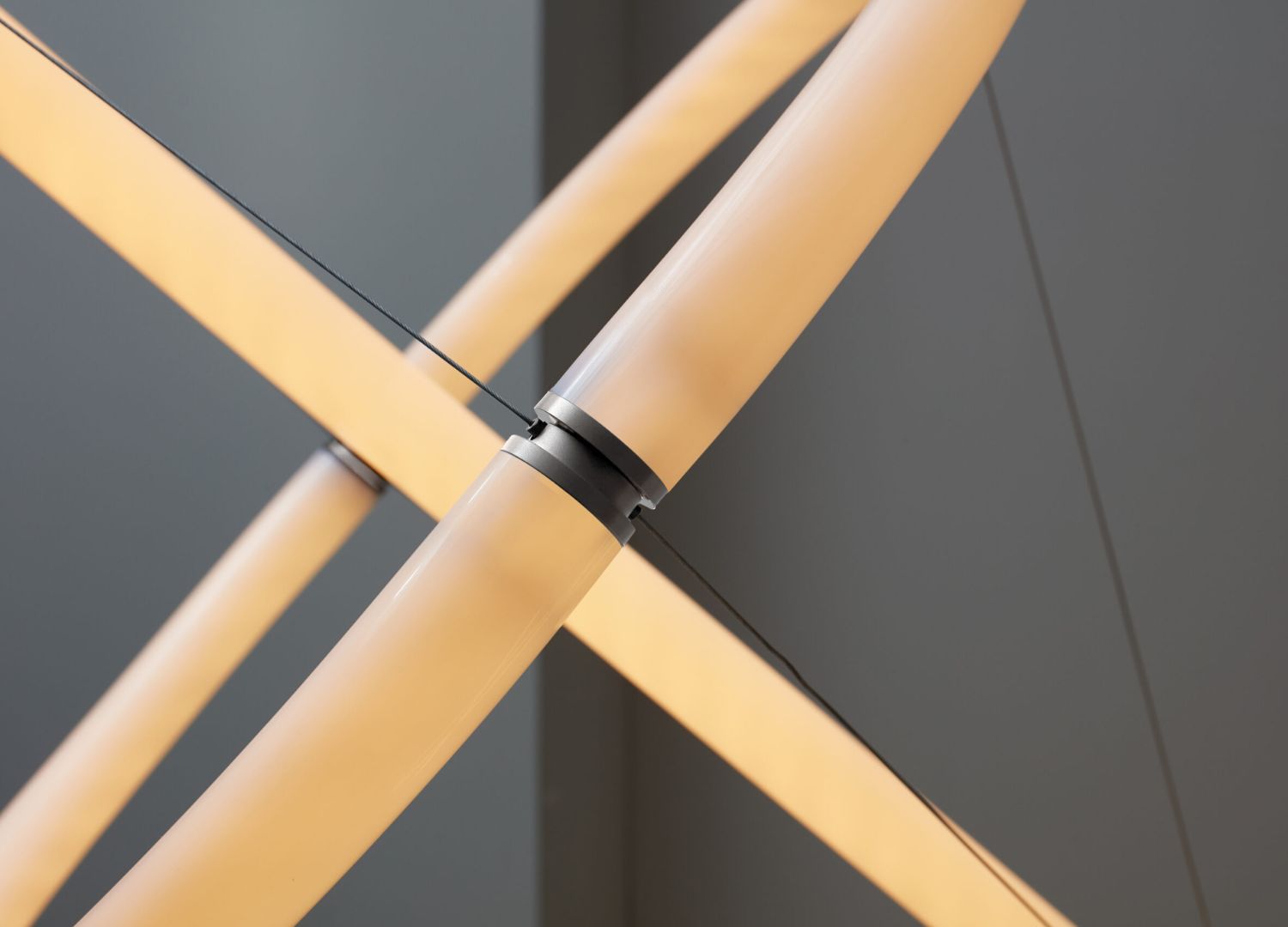
Emphasizing functionality and sustainability while ensuring distinct recognizability, my portfolio exemplifies a design ethos that stands the test of time. At its core, design is about problem-solving and enhancing people’s lives, irrespective of geographical boundaries.
Growing up and studying in China, my designs naturally reflect elements of traditional Chinese culture. For instance, I aim to imbue my creations with a certain ambiance that resonates with the cultural sensibilities of the space they inhabit.”
Which designers/architects are you inspired or influenced by? What other fields and inputs outside of the design world provide you inspiration?
Femo Wong:
“Having delved into the websites of tens of thousands of brands and independent design studios, I’ve encountered numerous designers and architects whose work resonates deeply with me. Among them, Patricia Urquiola stands out for her versatile designs that seamlessly blend various materials, romantic hues, and intricate embellishments.
Meanwhile, nendo (see here some of his designs), the Japanese design studio, champions avant-garde design, simplicity, and minimalism, often pushing boundaries and defying conventions to create captivating effects while ensuring clarity and ease of comprehension.
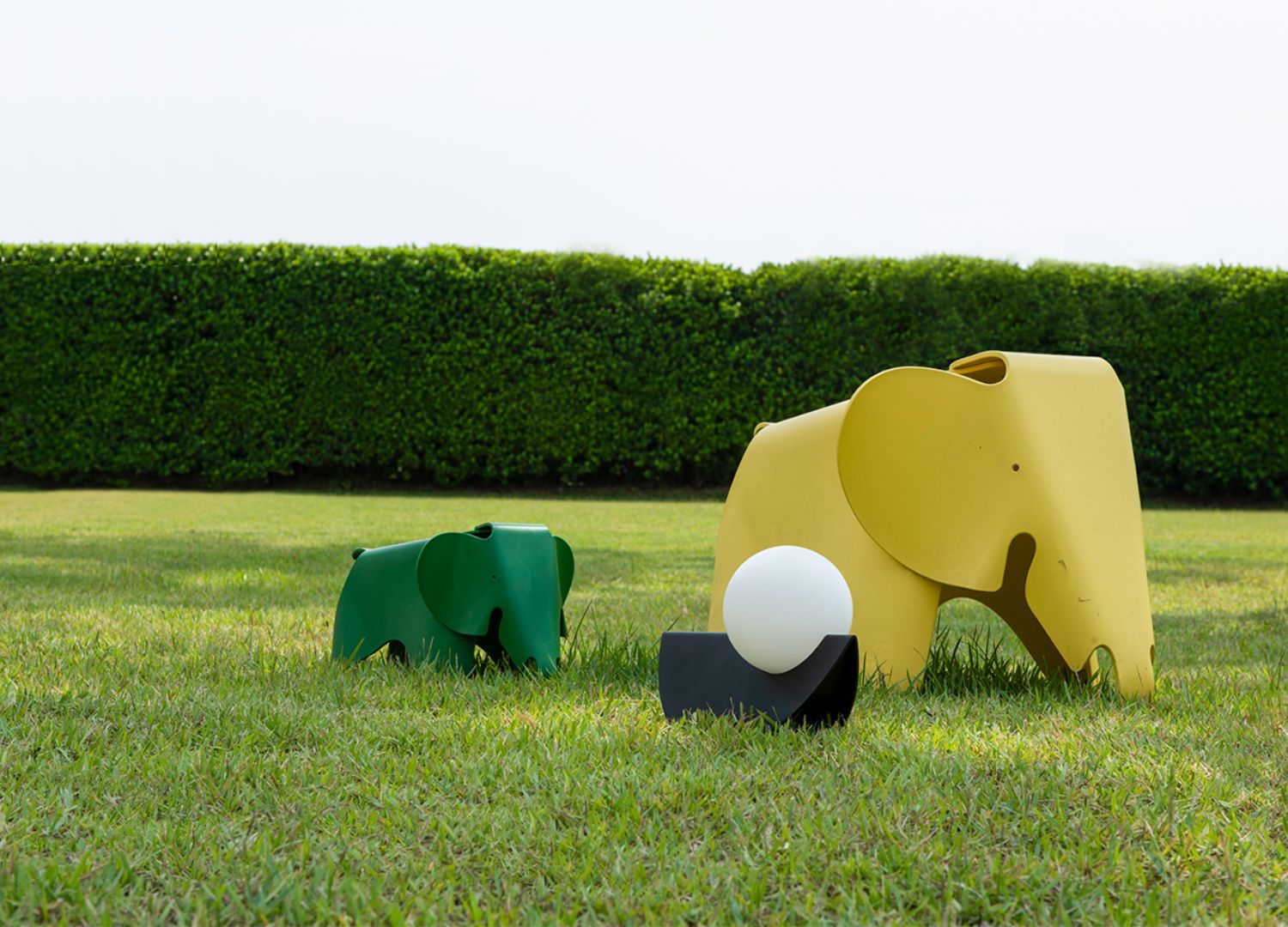
Studying the design philosophies of these luminaries serves as a constant source of inspiration and informs my own approach to design to a significant extent. Beyond the realm of design, I find boundless inspiration in my fascination with nature.
Each shell, plant, and flower serves as a wellspring of creative ideas, infusing my designs with organic forms and natural motifs. For instance, my creations like the ‘Duck Table Lamp’ and ‘Toucan Lamp’ are born out of a meticulous study of animal shapes, reflecting my reverence for the beauty and complexity of the natural world.”




















